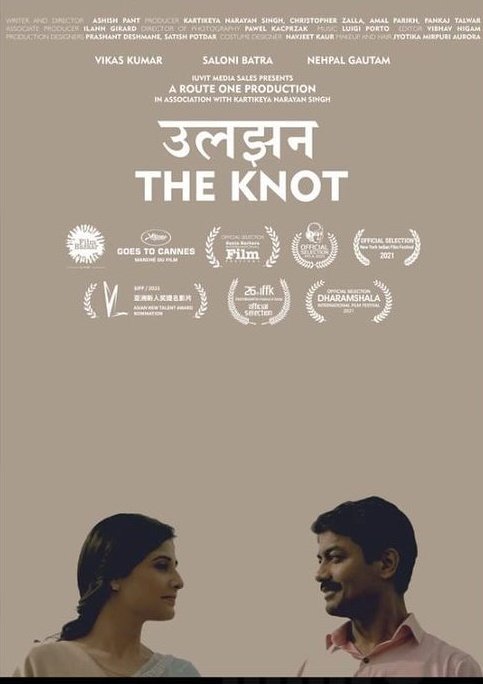
“I was seven years old when my father’s car collided with a scooter on an afternoon in Lucknow. Within minutes an angry horde descended upon the car, trapped us inside, and demanded that my father step out. The memory of myriad accusatory faces looking in at me haunted me ever since and became the central image that inspired me to make Uljhan”’ says Ashish Pant director of Uljhan: The Knot. His film questions if high walls and locked gates can banish the nocuous effects of grave inequality? The barriers we erect for our safety are everyday trespassed by our domestic helpers, every day, they negotiate the boundaries of the class structure and clearly a revolt is on the rise.
Pant reveals that “Mrinal Sen’s film KHARIJ (1983) that deals with the hypocrisy and tendency for self-preservation in a middle-class household following the death of a domestic helper
had a great impact on me as a child. I recognized the truthfulness of the world that he had created and it provoked me. Over the years I have been deeply impacted by the exploration of the complicity of the bourgeoisie in perpetuating societal problems in the films of Michael
Haneke and Asghar Farhadi. My goal is to make films that force us to confront the larger implications that might result from our seemingly small acts and the moral dilemmas that they might present. By couching my thematic concerns in the form of a suspenseful drama I hope to reach wide audiences in India and abroad”.
Ashish Pant is based in New York where he teaches film at the College of Mount Saint Vincent and HB Studio. Uljhan (The Knot) is his debut feature film.
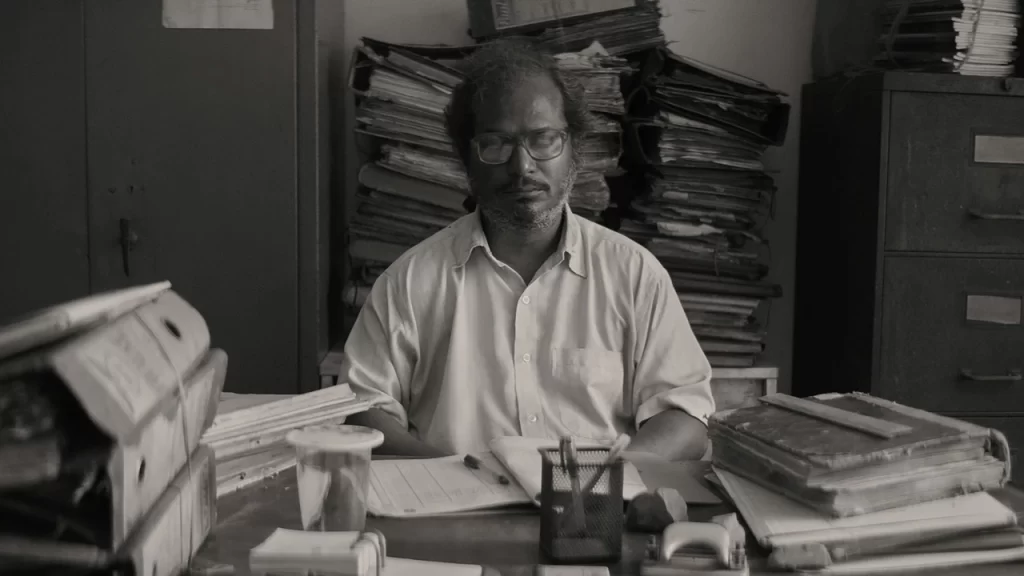
The Cloud & The Man is the story of Manik who lives in the crumbling city of Kolkata.
Loner by nature and asocial by choice, he lives with his ailing father who is nothing more
than an alarm clock to him. Manik leads an ‘uneventful’ life which revolves around his plants,
the strays he feeds, the spider, the ants and the house lizard. Manik’s father passes away one
day and Manik finds himself in a quandary. The landlord serves hm a month’s notice to
vacate the rented house and the world around him starts falling apart, and that is the time,
Manik meets someone, a constant companion, that changes his life.
The surreal romance introduces us to a new Manik but how long can this romance last?
Writer director Abhinandan Banerjee says, nature has always been a great inspiration for him
and believes that nature was always the primary cynosure in every medium. “It is the
unavoidable compass, in this infinite universe”.
But as Banerjee grew up, he discovered that romanticism between the man and nature was
slowly withering and his attempt via Manikbabur Megh is to translate a personal moment,
when a cloud turned up in the sky on a super sunny day to protect him.
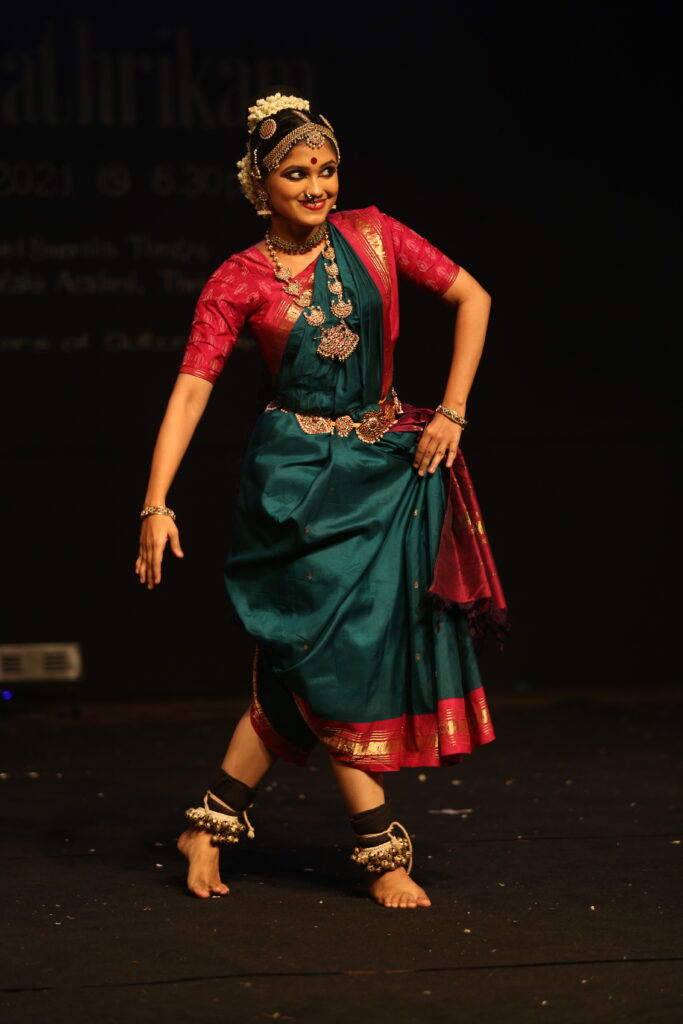
Karthika Madhavi, a Kuchipudi exponent is only 25-year-old and hails from Thrissur, Kerala.
Madhavi is the senior most disciple of Guru Sreelakshmy Govardhanan. After intensive training
under the guidance of Guru Yakshagana Kulapathy, Guru Sri Pasumarthi Rattaiah, Guru Sarma
Garu and Guru Govardhanan, Madhavi has built a strong foundation for practicing the art form.
She is a ‘B grade’ artiste of Doordarshan and recipient of Young Artists Scholarship from the
Ministry of Culture.
Madhavi is happiest when performing and showcasing her talent at temple festivals and other
auspicious occasions in Kerala. She specializes in ‘Navarasa Sadhana’, and undertakes the
training in two phases, an acting pedagogy developed by Guru Sri Venu G. She has also been
training in the nuances of rhythm and nattuvangam under Nattuvanar Sri. K S Balakrishnan. Her
deep love for the art form has sparked her interest in the field of Arts Management, which led her
to study its intricacies and she is now a co-founder of ‘Aegis of Avanthika’- an art consultancy
start-up. While she envisions finding new narratives and pursuing a career in the field of arts,
Karthika Madhavi pursues her education in Chartered Accountancy.
To be continued
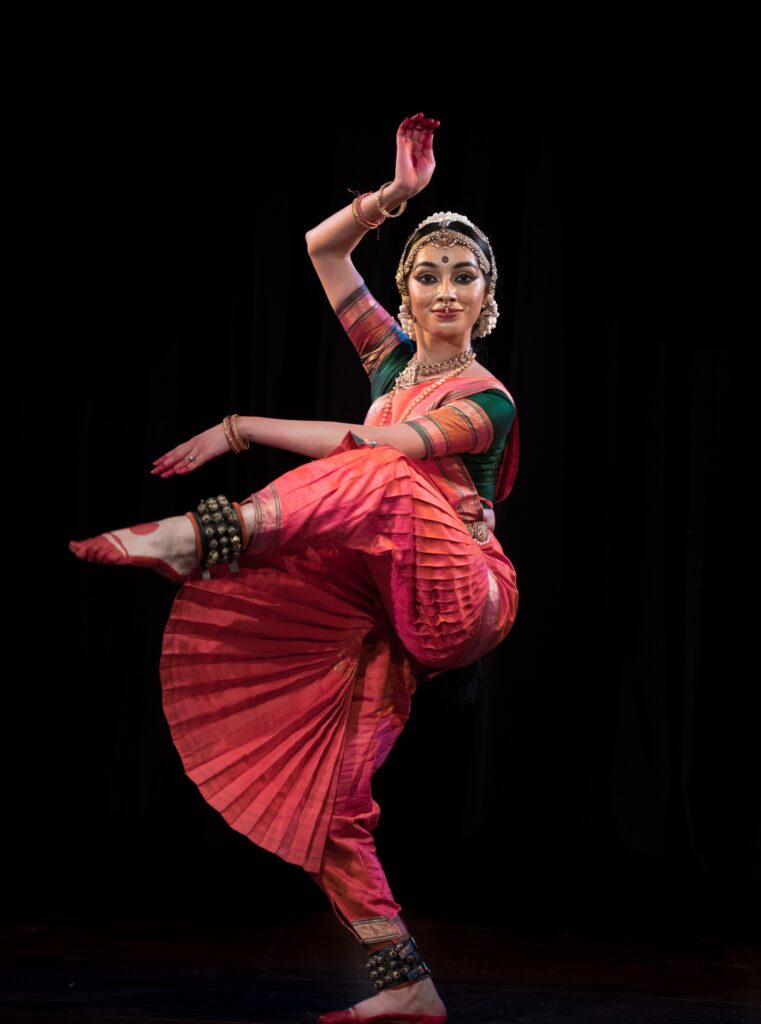
Every year Sam Ved Society for Performing Arts & Uma Dogra present the Raindrops Festival.
Year 2024 will be their 34 th year and as usual artists from all over the country participate in the
two-day celebrations.
This year will showcase Bharatanatyam dancer Shreema Upadhyaya, from Bengaluru, India. Her
natural flair for the artform has been nurtured by her Guru Sri Praveen Kumar for close to two
decades now. Currently training as a solo performing artist under her Guru, she is known for her
exceptional Nritta technique and eloquent Abhinaya.
Upadyay is a graded artist of the Bangalore Doordarshan and holds the Scholarship for Young
Artists by the Government of India. Shreema has performed extensively as a soloist in India, and
that includes Music Academy, Madras, Narada Gana Sabha and many more. She has had the
privilege of working with Padmasri Malavika Sarukkai as part of her ensemble work ‘Thari-The
Loom’ (2017) which toured across the world, and also accompanied Gurus Kiran Subramaniam
and Sandhya Kiran in their presentation of ‘Maanini’ (2019).
To be continued
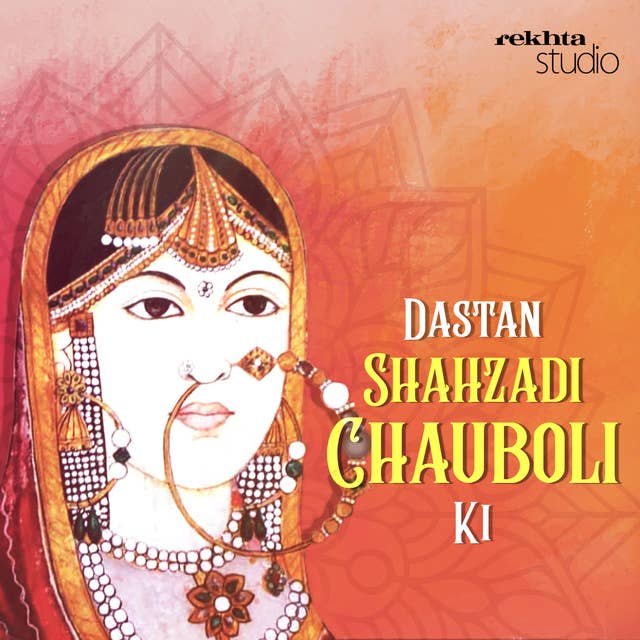
Mahmud Faruqui and Darain Shahidi brought alive the Rajasthani folktale, Chauboli in typical Dastangoi format during Jashn-e-Rekhta a few years ago. They have performed more than 200 shows but every time the story of Princess Chauboli is magical. Chouboli has a condition for her marriage. She will marry a man who can make her talk four times in a single night. Twenty-four princes from far and near kingdoms fail in their endeavour and are sent to the dungeons and then Thakur, the renowned archer hailed for darting108 arrows through his wife’s nose-ring, arrives. also wanted to try his luck. Will Thakur succeed where others failed, probably yes, because the archer will portray a life the princess has never been exposed to.
The last story in the series is a funny take on the rapidly changing world. Titled Duniya Nashe Mein Hai by Gaurav Tripathi, it tells the story of the author’s uncle who does not own a mobile because he is afraid to embrace technology. It is a funny story of a man who knows he is lagging behind but cannot help himself.
Concluded

The second story, Pehla Pyaar is narrated by the voice of India, one of our greatest story-tellers,
by Neelesh Misra. Shivangi is a studious girl who dreams of becoming a professor. She lives in a
noisy neighbourhood and is not very gregarious but when Shiv offers her friendship, she is
instantly drawn to him. Shivangi and Shiv are bonded in love when Shivangi’s family decides to
move to a new domicile. Nilesh Mishra describes the journey of their relationship in a 4-part
series.
Interestingly, Neelesh Misra, narrates not just his own writings but also stories written by other
writers and Gargee Vidya’s Saanjh Baati, an intriguing story of a teacher, and his interaction
with his student Sangeeta. Sangeeta unwittingly awakens dormant emotions within her teacher
and helps me transform his world view. The question is that can Ghosh Babu instill the same
happiness in Sangeeta’s life? Will the magic happen before they leave for Shanti Niketan for the
celebrations, well only time can tell.
To be continued…
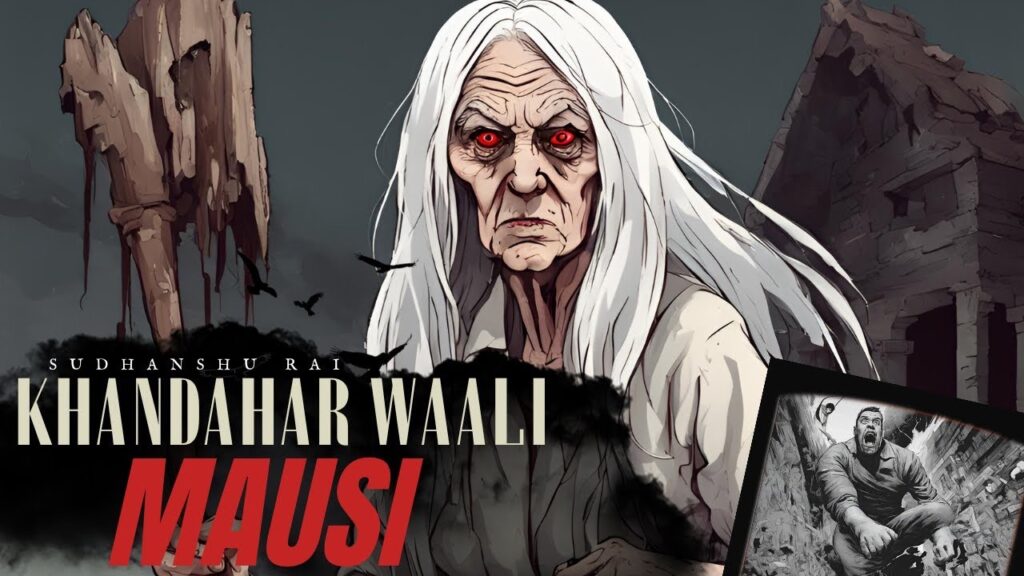
Stories have forever enchanted us. And India has some amazing storytellers who can bring to life- love stories, horror stories, historical stories and even funny everyday incidents. Narrated by the best storytellers of the country, here are some suggestions if you are finding it difficult to listen to the best of the best storytellers from across the country. Now available on YouTube, you can listen to them at your comfort, while driving to the office or just before you go to sleep at night.
Khandahar Waali Mausi narrated by Sudhanshu Rai is the story is a young man, Shekhar, whose job entails him to travel to different regions and stay amidst strangers. On one such trip to Odisha to investigate the operation of a factory, Shekhar has to spend a night alone at the deserted location. For a while he is enamoured by the natural surroundings but when a voice calls out to him, he is alarmed! Is Shekhar hallucinating or is the factory haunted by an ageing aunt?
To be continued…
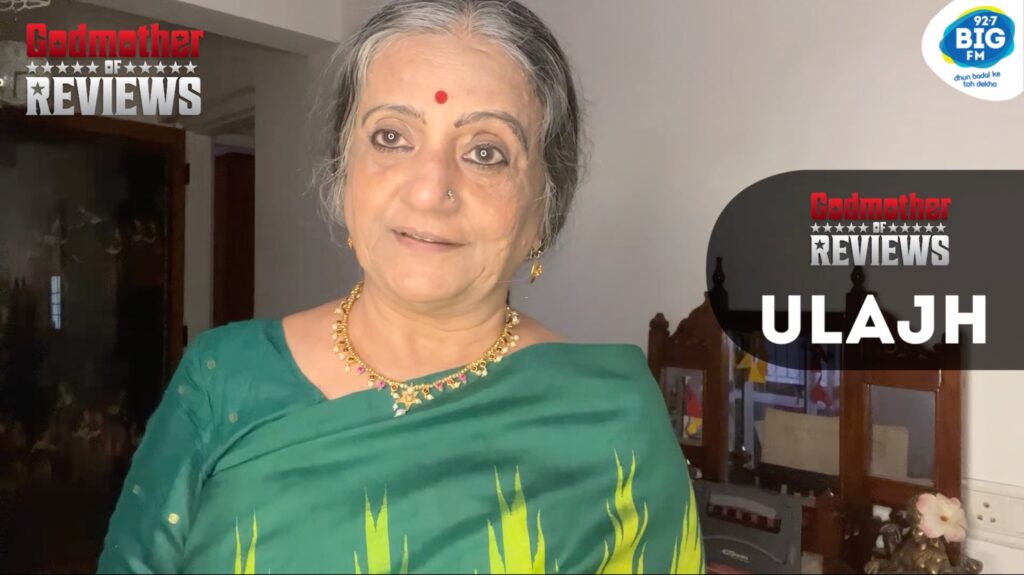
Recent Comments